Content
Tomatoes, like any other crop, are susceptible to disease. Excess moisture, unsuitable soil, thickening of plantings and other factors become the cause of the defeat. Tomato processing from diseases is performed even before planting seeds. Increased attention is paid to the condition of the soil and the processing of seed material.
One way disinfection of tomatoes is the use of peroxide. It is a safe substance that can be purchased in pharmacy. Under the action of the drug, metabolic processes are improved, and pathogenic bacteria are destroyed.
The benefits of peroxide for plants
Hydrogen peroxide Is a colorless liquid with oxidizing properties. Its disinfecting qualities have been used in horticulture to combat diseases of tomatoes.
Peroxide has the following effect on tomatoes and soil:
- disinfects any damage on tomatoes;
- after watering, the roots of tomatoes receive additional oxygen;
- following the results of seed treatment, their germination is stimulated;
- by spraying, the leaves receive more oxygen;
- harmful microorganisms contained in the soil are eliminated;
- prevention of late blight and other diseases.
Hydrogen peroxide (H2ABOUT2) outwardly impossible to distinguish from water. It is a clear liquid with no tint or impurities. Its composition includes oxygen and hydrogen. However, peroxide, in comparison with water, contains an additional oxygen atom.
Hydrogen peroxide is an unstable compound. After the loss of an oxygen atom, the substance has an oxidative effect. As a result, pathogens and spores die, which cannot withstand contact with oxygen.
Due to its oxidizing effect, peroxide helps to improve the quality of water for spraying and irrigating tomatoes. This substance oxidizes chlorine, organics and pesticides.
H2ABOUT2 found in rainwater enriched with ozone. So, a natural soil cleansing occurs. Ozone is an unstable compound, easily decomposes and becomes part of the water.
Tillage
Most viruses that cause disease in tomatoes are found in the soil. Therefore, before planting plants, it is recommended to treat the soil with hydrogen peroxide.
Soil cultivation can be carried out not only before the transfer of seedlings to the greenhouse or open ground, but also after it. Before planting, the soil is watered with water with the addition of 3% of the drug.
Tomatoes prefer loose soil: loamy, sandy loam, neutral or black earth. If necessary, the soil is enriched with compost, river sand or humus. In autumn, organic fertilizers, potassium and phosphorus are introduced into the soil. In the spring, it is useful to feed the land with nitrogen.
Peroxide treatment is carried out in the spring a few days before planting. The ground is watered with a solution in each hole intended for planting a tomato.
Watering tomatoes
A similar composition is used for watering tomatoes. Rainwater is preferred by plants to tap water. However, when the atmosphere is polluted, rainwater contains more toxins than nutrients.
Watering seedlings with peroxide is widely practiced in the United States and European countries. As a result, the yield of the crop and its resistance to diseases are increased.
Due to the aeration of the soil, the root system of plants better assimilates useful microelements. When oxygen is released, harmful microflora in the soil is destroyed.
When watering, thin plant roots may not withstand the effects of peroxide. However, strong roots will receive the necessary disinfection.
When watering tomatoes with peroxide, the following rules must be observed:
- moisture must penetrate to a depth of more than 10 cm;
- warm water is used;
- when watering, water should not erode the soil or fall on the leaves;
- moisture should come in rarely, but in large quantities;
- tomatoes do not tolerate dry soil;
- the procedure is performed no more than once every week;
- choose morning or evening time for watering.
Seed treatment
Hydrogen peroxide is used to treat tomato seeds. Due to this procedure, the germination of plants is improved and harmful microorganisms are destroyed.
Tomato seeds are placed in a preparation with a concentration of 10% for 20 minutes. Then they need to be rinsed with water and dried thoroughly.
To increase the germination of seed, it is placed in peroxide for 12 hours. For this, a 0.4% solution is used.
After processing, the seeds are washed and dried well. After processing, the tomatoes sprout faster, their yield increases, and the protective functions of the seedlings are activated.
Disinfection of seeds allows you to avoid diseases of tomatoes at an early stage. Most of the lesions that cover tomatoes are fungal. Disputes can remain passive for several years.
After treating seeds with peroxide, the likelihood of developing diseases is significantly reduced. When exposed to the drug, the seed coat is destroyed, which stimulates the further growth of tomatoes.
Other solutions are used to soak tomato seeds:
- a glass of water and 10 drops of 3% hydrogen peroxide;
- soaking in 3% peroxide for half an hour.
Plant seeds contain inhibitors that slow down their growth. Under the action of peroxide, inhibitors are eliminated, and tomatoes begin to actively develop.
Seedling processing
Seedlings of tomatoes needs additional stimulus, which will ensure the further development of plants. For watering and spraying seedlings, a composition is used that includes 2 tablespoons of peroxide (3% concentration) and 1 liter of water.
Peroxide can be watered on seedlings on an ongoing basis, but not more often than once a week. After such feeding, tomatoes begin to grow actively after a few hours.
Processing of adult plants
Peroxide allows you to disinfect tomato wounds. After applying this substance, the fracture or cracks are closed with latex.
Regular spraying of plants helps to avoid the development of fungal diseases. To do this, 20 ml of peroxide is required for 1 liter of water. This drug is included in the scheme for treating tomatoes from diseases. It can be used at any stage of plant development.
Spraying tomatoes produced in compliance with a number of rules:
- the morning or evening period is selected;
- a fine spray is used;
- the liquid should fall on the leaves of the tomatoes;
- the procedure is not carried out in hot weather, during rain or windy weather.
After spraying with peroxide, tomatoes gain additional access to oxygen. As a result, the leaves and stems of plants are disinfected, which most often show signs of diseases.
As a preventive measure, tomatoes are sprayed every 2 weeks. If the first symptoms of diseases are found, then it is allowed to carry out the procedure daily.
Treatment for diseases
If the plant shows signs of fungal diseases, then you need to take measures to eliminate them.Otherwise, the tomatoes and the crop cannot be saved.
Treatment of plants includes spraying them with a peroxide solution. As a result, pathogenic bacteria that provoke tomato diseases are destroyed.
Phytophthora
One of the most common tomato diseases is late blight. It is spread by a fungus that remains in the soil, on plant residues, garden tools, and greenhouse walls.
Phytophthora spores are activated at high humidity or lime content in the soil, low ventilation, temperature extremes.
Phytophthora appears as small spots on the underside of tomato leaves. Over time, the foliage of plants turns brown and dries up, the stems and fruits turn black.
When signs of phytophthora appear, dilute 2 tablespoons of peroxide per 1 liter of water. Leaves and stems of tomatoes were traditionally treated with this solution.
Root rot
With high humidity in a greenhouse on tomatoes root rot develops. The lesion covers the root collar, which turns black. As a result, the plant dies.
Root rot appears on seedlings and mature tomatoes. If shoots are affected, then the lower part of the stem is thinned first. As a result, the seedling receives less and less nutrients, weakens and loses its immunity.
Prevent disease it is possible even at an early stage if the seeds are treated with hydrogen peroxide. In the future, harmful spores are destroyed by regular watering and spraying tomatoes with a solution of water and peroxide.
The affected plant parts are watered with a 3% preparation (20 ml of substance per 1 l of water) and phosphorus fertilization. The procedure is repeated 2 times throughout the week.
White spot
In the presence of white spot, the yield of tomatoes decreases, since the disease affects their leaves. First, light spots with a brown border appear on the lower leaves. Over time, the foliage becomes brown and falls off.
The disease is fungal in nature and develops in high humidity. A peroxide solution is used to treat the plants. Additionally, preparations containing copper are used. Spraying the leaves is done twice every week.
Conclusion
Hydrogen peroxide is a universal remedy for combating fungal diseases. Processing is carried out over tomato seeds, which stimulates their further growth. As the plants develop, peroxide is used to spray them and added to the water for irrigation. An additional property of peroxide is to improve soil aeration. After decomposition of this substance, water is formed, therefore this substance is completely harmless to the environment.
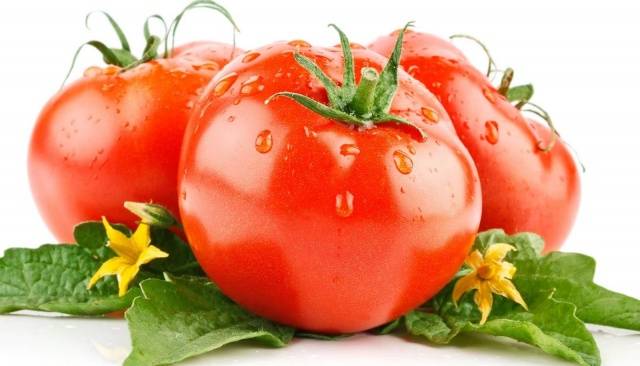
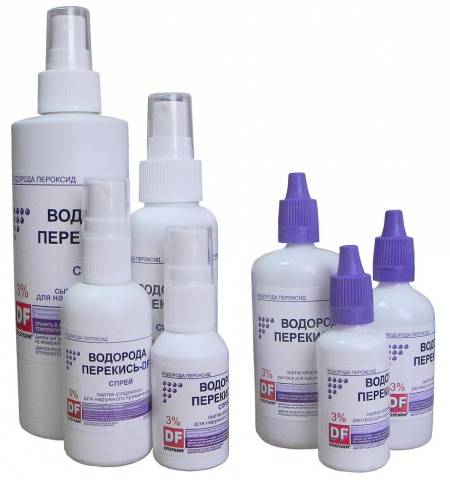
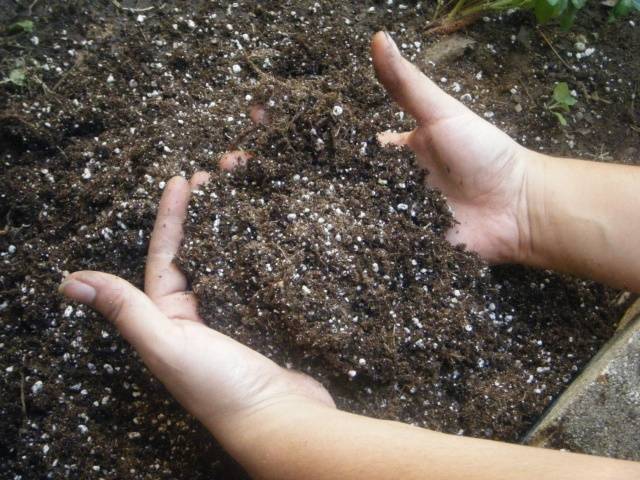
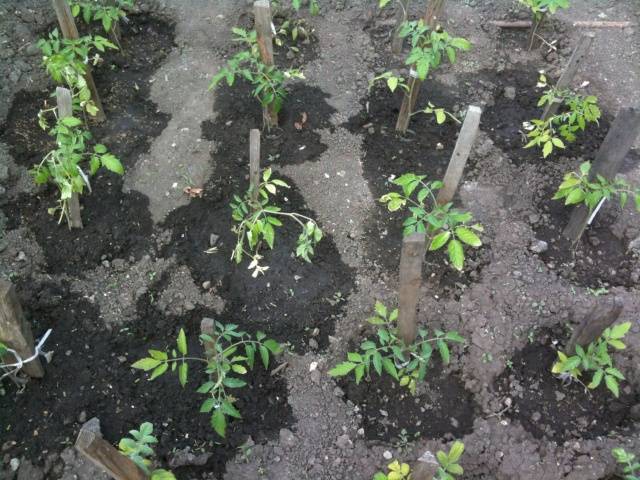
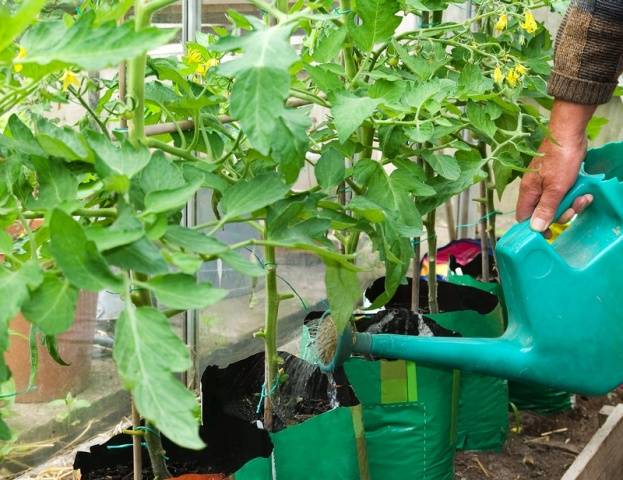
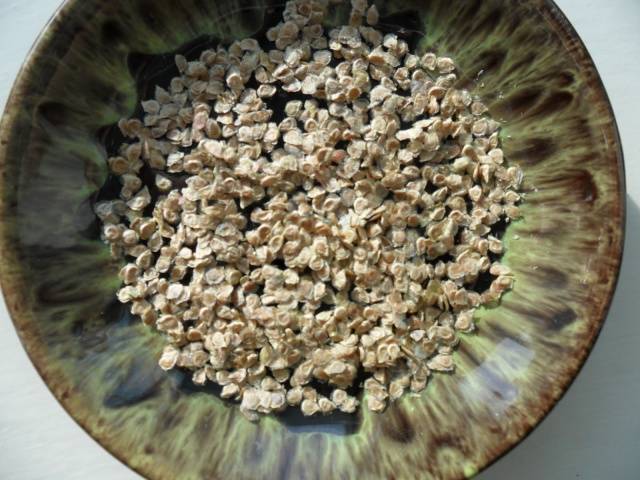

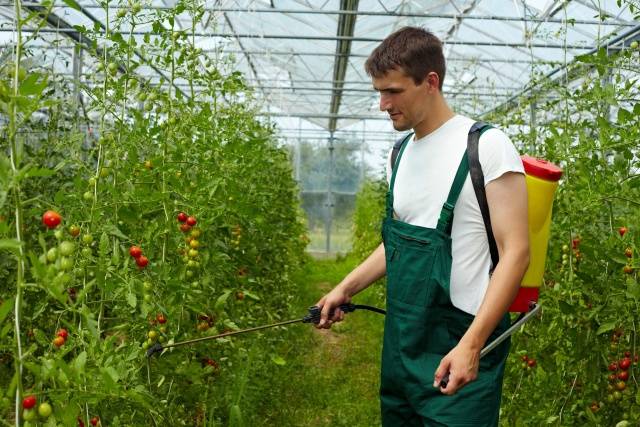
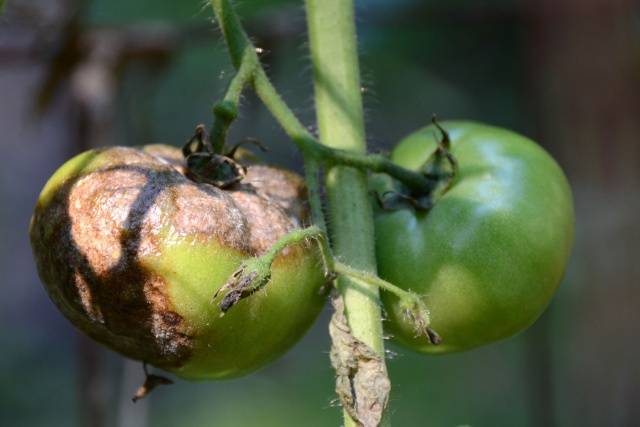
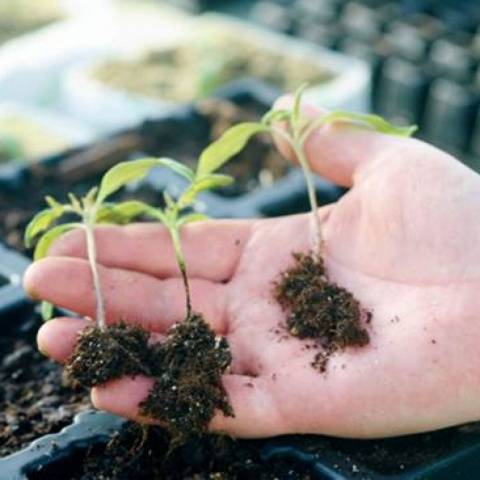
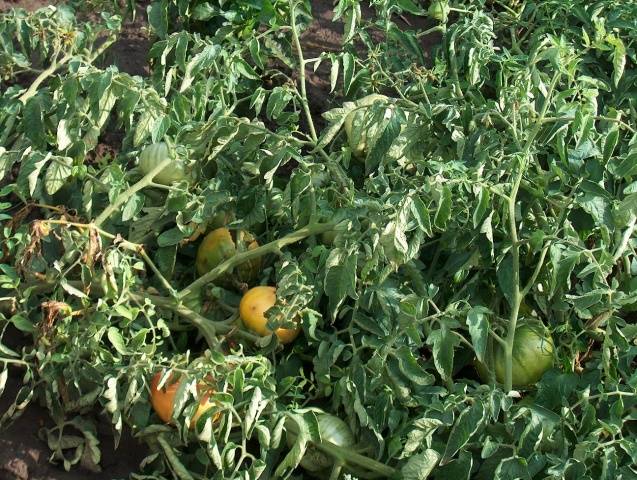









thanks in advance